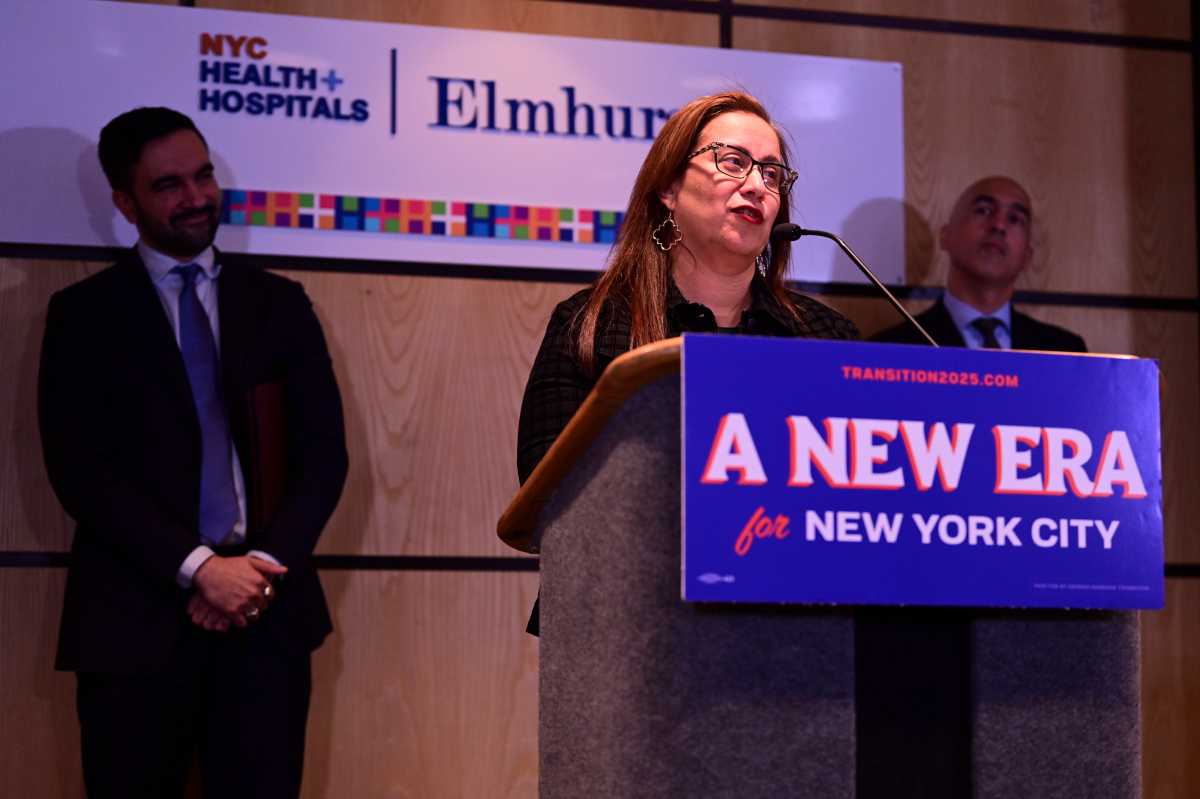The New York State Teachers' Union opposes the new mandate for English Language Learners (ELL) in grades 3-8 to take the regular English Language Arts (ELA) assessment test, starting in January 2007.
A few weeks ago, the State Education Department (SED) announced that next year, all students in grades 3-8 will take the regular English test. “These tools give parents and teacher new and better ways to pinpoint academic problems and improve student performance,” said State Education Commissioner Richard Mills.
Maria Neira, vice president of the New York State Union Teachers (NYSTU), - who is herself a bilingual teacher - sent a letter to Mills and the Regents, calling the idea “educationally unsound.” In addition, she said the regular English test would undermine gains educators have made in closing the performance gap for ELL.
According to Mills, the system will help the immigrant students. “It will enable authorized users to create customized reports by selecting . . . English proficiency and migrant status, thereby helping to identify problem areas and target solutions.”
Until now, no students from kindergarten to grade 12 who have attended school in the United States for less than three years were required to the take the regular English Language Arts (ELA) exam. “We believe that for this group of students the New York State English as a Second Language Achievement Test (NYSESLAT) - which measures English language proficiency, is more appropriate and meaningful test,” Neira said.
Agreeing with the teacher's union on the issue of ELA testing for ELL students, Senator John Sabini said, “Our educational system should balance thorough instruction and high standards with testing that is fair for all students.”
Sabini, a member of the Senate's Education Committee added, “English Language Learners already take the NYSESLAT every year; rather than give these struggling students another exam that's not designed with their needs in mind, we should focus our resources on getting them better instruction.”
“If the students are ELL, what is the criteria the Teachers Union is using to exclude them from taking an English test?,” asked Alice Cardona, a long-time education advocate in the State of New York, who lives in Woodside.
According to Neira, last year in an English test taken by approximately 180,000 immigrant students, only 11.3 percent were deemed proficient.
The SED announced the change after a review panel found the NYSESLAT was different from the ELA exam. “Under the No Child Left Behind Act, federal officials gave the State of New York until the end of the 2006-07 school year to correct the problem or risk losing $1.2 million a year in federal aid,” Neira explained.
“If the immigrant kids are studying English, but they can not take the regular test, how are we going to know if this program, NYSESLAT is working?” said Maria Gonzalez, an Ecuadorian mother of three schoolchildren.
“The problem with the teachers is that they don't want to be tested. The ELA exam will test them,” said Fernando Salas, a Colombian teacher, who has two children in city public schools.
“How are the Education Department and the Regents going to qualify the immigrant kids? Where are the standards? What are fair, valid and reliable assessments?” Cardona asked.





























